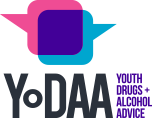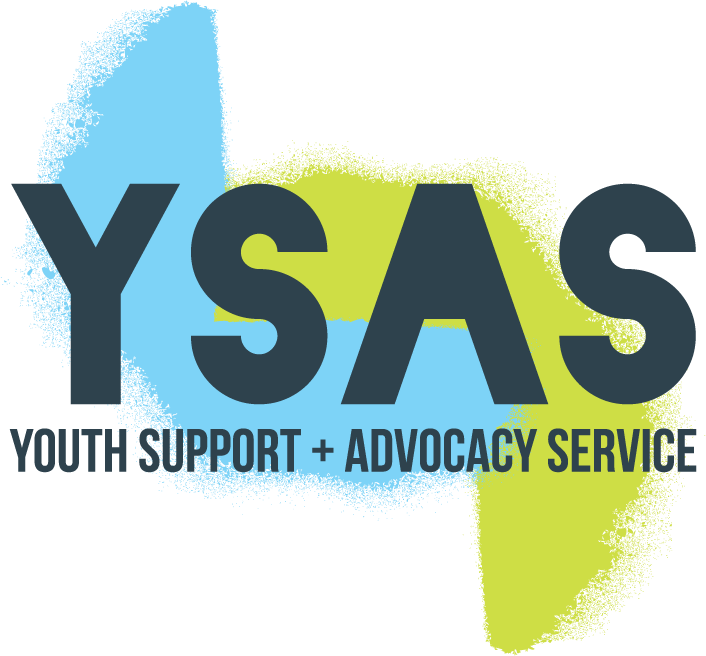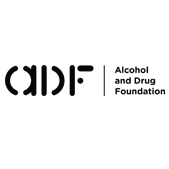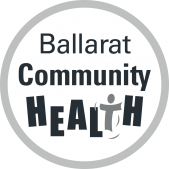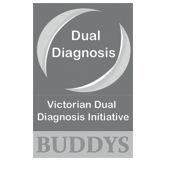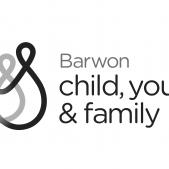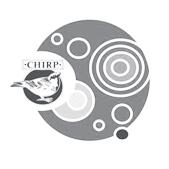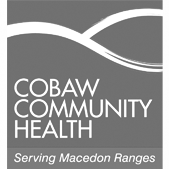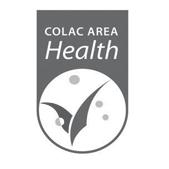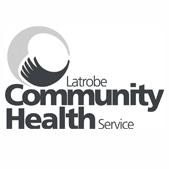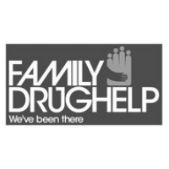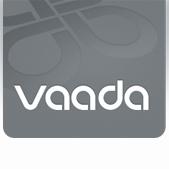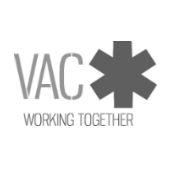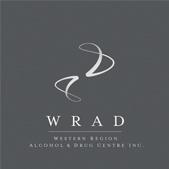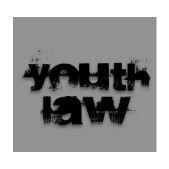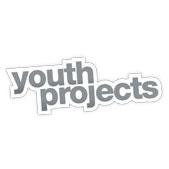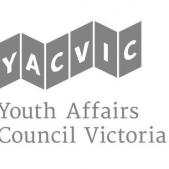Useful Tools
Helping a student cope with cravings - a distraction box
Anyone who has ever tried cleaning out a bookshelf and ended up spending an hour reading knows the power of distraction!
A young person who trusts a school staff member may talk to them about wanting to reduce their use. For many young people who want to reduce their substance use but who experience intrusive thoughts and cravings, distraction can help them cope in the moment and delay making a decision to use.
Making a distraction box is a fun and simple way that any support person, such as a teacher can help a young person identify their own coping strategies and plan ahead. As the name suggests, these boxes are filled with things that will divert and engage a young person when the cravings hit. Good distraction boxes are inviting, inspiring, individualised and updated regularly. Better still, anyone can make one.
You can fill a distraction box with anything that a young person thinks will help divert their attention. Here are some ideas to get you going.
- Art supplies
- Nail polish and manicure set
- A musical instrument
- A favourite DVD, CD or game
- Sporting equipment
- Packet cake / pancake mix
- Bead making kit
- Gym gear
- Aromatherapy oils & meditation CD
- Mandala Sheets and pencils
- Pen and paper for creative writing
- Mind teaser puzzles
- A favourite magazine
- A pedometer
- A skipping rope
- Photo albums
- Movie / coffee voucher
- Dog lead or cat treats
- Fishing gear
The list goes on…..
Making a distraction box individually or as a group activity can be positive and empowering experience when used in conjunction with a more comprehensive program and a great entry point into a conversation about strengths.
